harmony
har-MAH-nee
[English]
1. The combination of notes sounded simultaneously to produce chords. Usually, this term is used to describe consonance, however, it can also be used to describe dissonance.
Example
Harmony, Baroque:
Henry Purcell: Come, ye Sons of Art, come away, "Chaconne"
Johann Sebastian Bach: Cantata No. 140, Wachet auf, BWV 140, "Er kommt, er kommt"
Johann Sebastian Bach: Chromatic Fantasia and Fugue in D minor
Wolfgang Amadeus Mozart: Piano Concerto No. 21 in C major, K. 467, II
Joseph Haydn: The Creation, "Achieved is the glorious work"
Maurice Ravel: Daphnis et Chloé
Guillaume Machaut: Songs from Le Voir Dit: Ballade 32: Plourez dames
Harmony, Medieval: Organum: Viderunt omnes
Harmony, Romantic: Richard Wagner: Tristan und Isolde, Prelude
Johannes Brahms: Violin Concerto in D major, Op. 77, III
Frédéric Chopin: Prelude in E minor, Op. 28, No. 4
Franz Schubert: Gretchen am Spinnrade, D. 118
Harmony, 20th century: Arnold Schoenberg: Suite for Piano, Op. 25, I
Philip Glass: Bible (Old Testament) "Psalm 126"
Ludwig van Beethoven: Serenade in D major, Op. 8, I
Sergei Prokofiev: Classical Symphony, III
Giovanni Pierluigi Palestrina: Missa in Festis Apostolorum I, "Agnus Dei"
Share
Tweet
Last Updated: 2016-06-01 15:44:55

